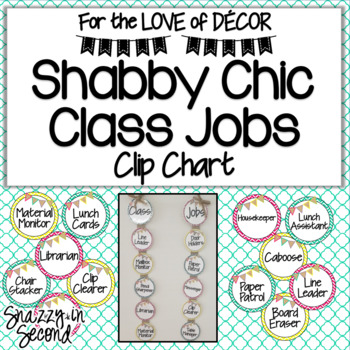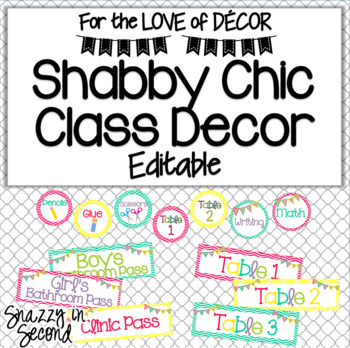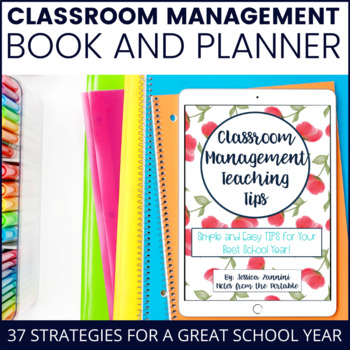
Facts.
They
are
so
important
to
know.
Think about
how
often
you
use
numbers
in
your
every
day life. Gas cost $2.25 and it take 10 gallons to fill my tank, bananas are 75
cents each and my family eats 8 in a week, I have 24 students present today,
but they need to work in groups of 4… and so on. You solve these problems
quickly in your head, because you are fluent with your math facts giving you
the ability to manipulate numbers.
What is
someone
does
not
know
their
facts?
Then 75 x 8 becomes 75 + 75 + 75 + 75 and before they get to 8 they have given
up.
In second grade students are
introduced to the concept of multiplication and are expected to fluently
multiply and divide within 100 by third grade (3.OA.7). This is a foundational
skill that students must master in order to be successful in fourth and fifth
grade… and life going forward.
 How do you teach these
foundational skills? How do you support students that should know their facts,
but don’t? Drill and practice? Flash cards? No! Learning
needs
to
be
fun.
It
needs
to
be
engaging.
It needs to be hands-on.
How do you teach these
foundational skills? How do you support students that should know their facts,
but don’t? Drill and practice? Flash cards? No! Learning
needs
to
be
fun.
It
needs
to
be
engaging.
It needs to be hands-on.
Keeping Up with Mrs. Harris and I
collaborated to make your multiplication and division instruction, as well as,
RTI time easy. We created games that will captivate students, they won’t
realize they are learning, but at the same time they will foster fluency and
accuracy of these facts.
I introduced these games during
my
small
group
instruction.,
to ensure students knew exactly how to play and to model my own mathematical
thinking as I played along side them. Once students understand how to play each
game it is easy to tailor activities to meet the needs of each student. You
can
pull
specific
facts
out
to
focus
on,
or
provide
various
manipulatives
for
those
busy
students.
Make multiplication and division
engaging! The Computation Intervention Bundle: Multiplication and Division will
ensure your instruction is fun for all students.
If your
students
are
still
struggling
with
addition
and
subtraction
we
have
that
covered
too.
Our
ComputationInterventionBundle:Numbers0-20
will
build
on
the
prerequisite
skills
needed
for
multiplication
and
division.














